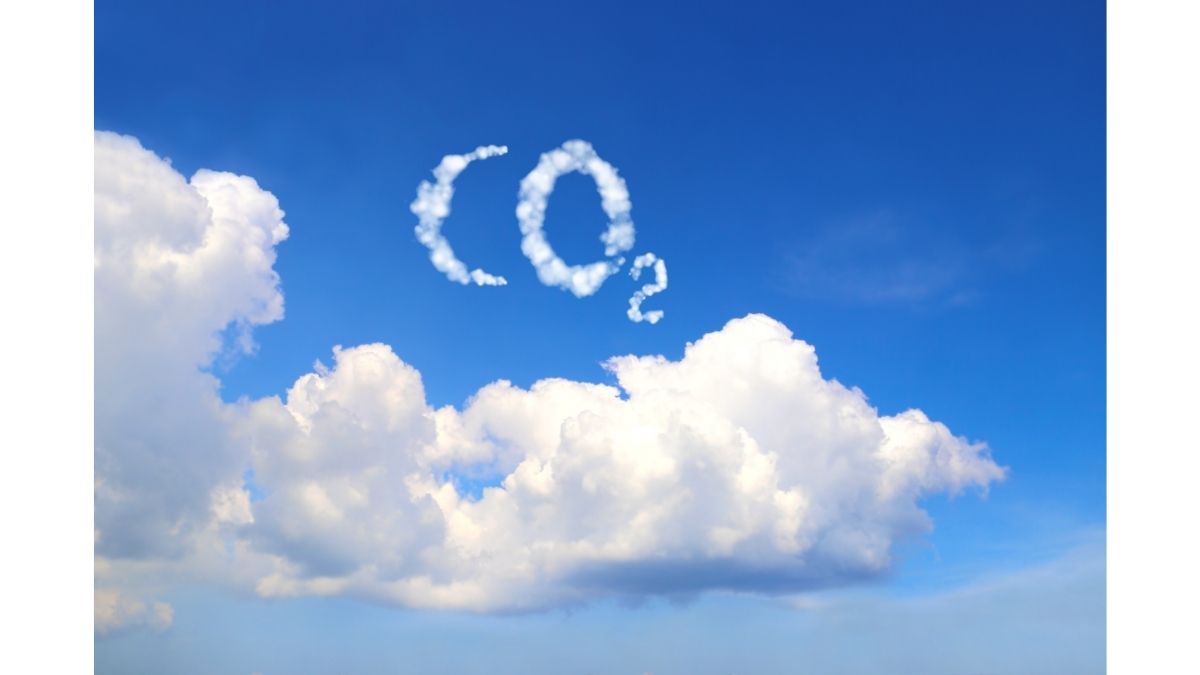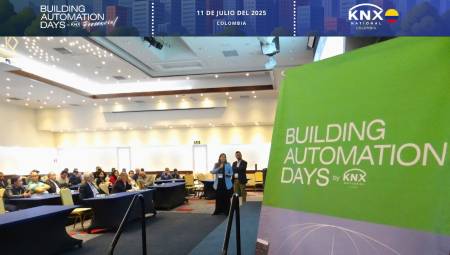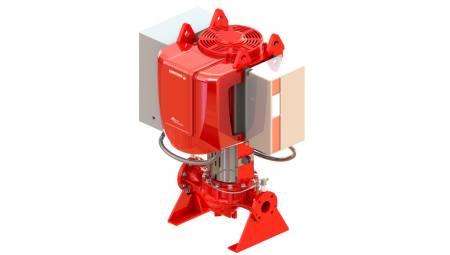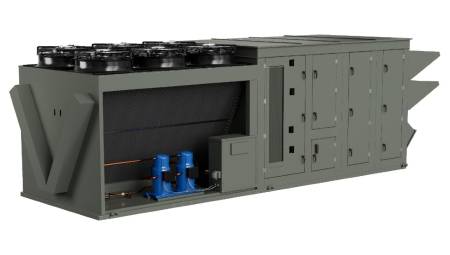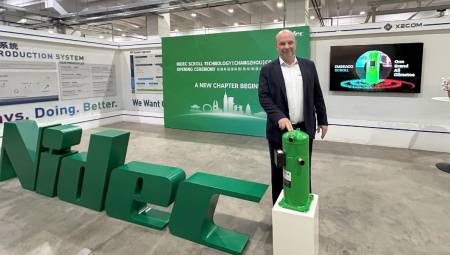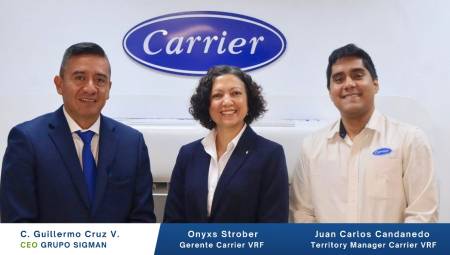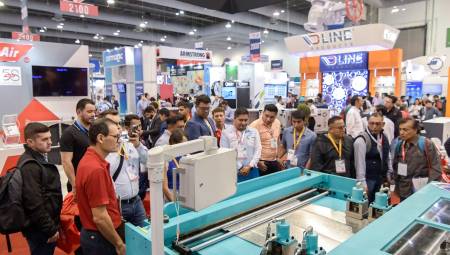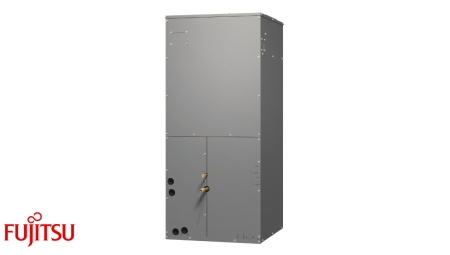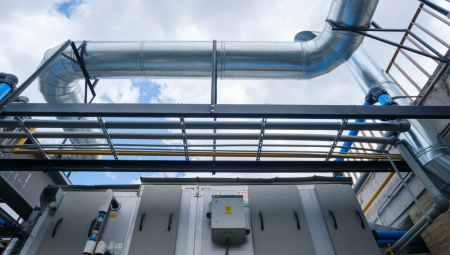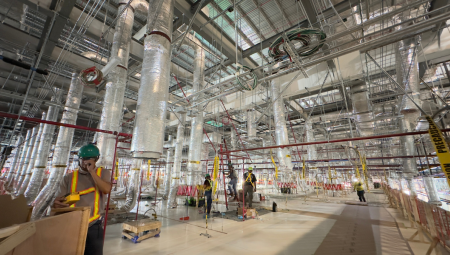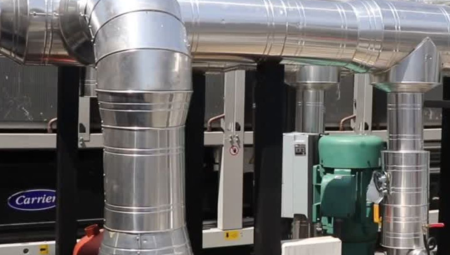Latin America. Acaire's new course on transcritical CO2 refrigeration systems focuses on the benefits of this inorganic compound that, in addition to not being flammable or toxic, has a minimum potential for global warming.
As explained by Juan Camilo Moreno and Giovanni Barletta, the engineers in charge of dictating the informative webinar on the launch of the Course Refrigeration Systems with Transcritical CO2, carried out on April 8 by Acaire, refrigerants have had great changes as their history has evolved
The problem of the environment and refrigerants
Juan Camilo explained that it was in 1834 when the use of refrigerants began, it began with natural ones, such as Co2, ammonia and propane, but due to safety problems and the technologies that were available at that time in 1930 migration was made to CFC type refrigerants, as are the R12 and R502. Until the mid-80s the industry remained unchanged, until the Montreal Protocol entered, designed for the care of the ozone layer, so around 1987 it was changed towards HCFC refrigerants, such as R22.
Subsequently, due to technological advances, HFC refrigerants were switched, that is, the third generation and now most commonly used, hydrofluorocarbon refrigerant gases, where R404A, R507, R134a and R410A stand out. However, after 2015 thanks to the Kyoto protocol, at COP 21, special emphasis is placed on the measures that must be adopted to counteract global warming. In addition to this, the Kigali amendment, proposed in 2016, enters into force and its proposal to generate agreements on technologies and measures to reduce the production and use of HFCs is taken with greater relevance.
That is, this evolution occurred because not always the solutions for refrigeration were designed taking into account the environment, in addition, in many cases the technology and technical skills were not available to generate or find a wide application to fluids of low Ozone Depletion Potential (PCA).

CO2 as a response
Now, in the webinar the window of returning to CO2 was exposed for its characteristics where it stands out, compared to other options available in the market because it is not flammable, it is not toxic and its GWP is minimal, being only 1, very convenient if compared to the R404A that has a PCA of 3922. Moreover, the same CO2 is used as a reference compared to the other refrigerants. So, combining this with its high volumetric capacities and other features, it becomes an excellent alternative.
CO2, also known as R744, has a temperature at atmospheric pressure is -78.5 ° C, it is where its solid state is formed, its critical temperature is 31 ° C, the critical pressure is achieved with 1056 psig, which implies an advantage when talking about work in subcritical and transcritical systems, if compared for example with one of the most used refrigerants today, R404A reaches critical pressure at 503 psig. It should also be noted that the pressure of the triple point (where the solid, liquid and gaseous states meet together) is 61 psi. In that sense, another advantage of CO2 is that it has better heat transfer properties.
However, CO2 implies certain challenges due to its rapid increase in pressure and high indicators in saturated, operating and resting pressures, but in that sense the answer lies in designs with additional safety and relief valves, which allow to give a simple and efficient control to these not so desired characteristics.
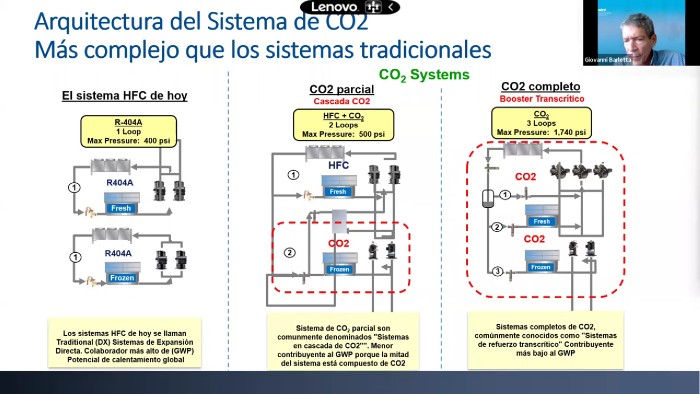
In this sense, Barletta explained the architectures for systems with CO2 where he addressed their level of complexity and how they take advantage of this refrigerant. He also explained how the course is technically trained to understand these systems and why they have a higher energy efficiency than traditional ones.
Low CO2 costs
Meanwhile, another benefit of this refrigerant is its low cost, less than half compared to other types. For example, it was exposed that the 24-pound cylinder of R404 and R410A have had an approximate value of 250 USD to 2017, price that has risen to around 600 USD in 2021. In comparison the 56-pound cylinder (Coleman type) of R744 (CO2) has a current approximate cost of 180 USD.
Conclusions against CO2
Juan Camilo pointed out that it is a complex task to implement 100% the use of CO2, since the main markets that make use of HFCs are the refrigeration and air conditioning industry, particularly to maintain adequate temperatures in supermarkets and in the air conditioning systems of buildings. In addition, there are some challenges, specifically in the case of Colombia: the lack of technologies and fluids of low GWP, the lack of technical skills and training for the personnel involved, as well as inadequate codes and standards. It is there that training programs such as acaire's Transcritical CO2 Refrigeration Systems Course supply part of the problem.
Finally, Acaire invited the different levels of the HVAC industry to promote the use of these technologies and migrate to them, not only because of international recommendations, but also because of their low environmental impact and cost reduction.


